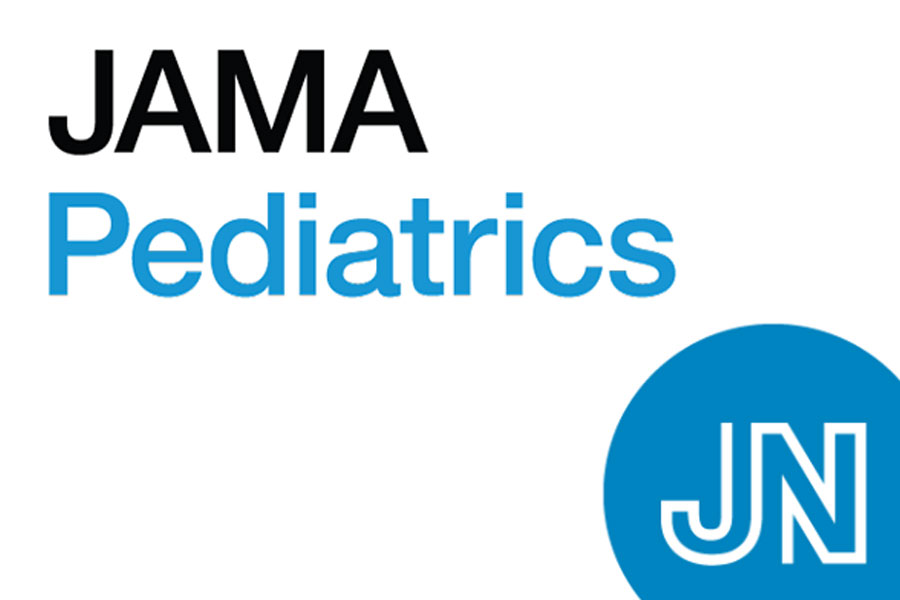A new study released June 13 indicates lesbian, gay and bisexual teens are at higher risk for self-harm than their heterosexual peers. The study appeared in JAMA Pediatrics and addressed non-suicidal acts of self-harm — cutting, bruising and burning — in adolescents.
The study found that while “an alarming number of teens self-harm,” the disparity between heterosexual teens and their LGB peers was startling.
While 10-20 percent of heterosexual teens engaged in these dangerous behaviors, 38-53 percent of lesbian, gay and bisexual teens did, the study found.
The study follows an analysis that looked at self-injury risk among more than 21,000 high school students in the state of Massachusetts between 2005 and 2017. Massachusetts was the first state to legalize same-sex marriage and has long been legislatively progressive.
Study author Dr. Richard Liu, an assistant professor in the Department of Psychiatry at Brown University said, “Rates of non-suicidal self-injury were consistently elevated among lesbian, gay and bisexual youth, compared to heterosexual peers.”
Liu found that “rates [of self-harm] have decreased among heterosexual youth from 2005 through 2017, but not among [LGB] youth over the same time period.”
Liu called this data a “striking” development, “given that the very high [lesbian, gay and bisexual] rates meant that there was greater room for potential improvement.”
Dr. Jennifer Goldenberg, a clinical social worker and trauma therapist, said, “It’s very painful to hear those numbers. These kids are so unaccepted in their families and in society — it makes me very sad that these kids are going through this painful experience of self-harm and all it entails.”
Goldenberg said youth who self-harm “are trying to find ways to cope. I’m saddened by these statistics, but not surprised by them. The macro environment is adding to depression. This is of course deeply felt by LGBT adolescents.”
Liu and Goldenberg referenced previous studies that indicate a direct link between self-harm and emotional trauma and depression.
Liu said the reasons for these high rates of self-harm are varied, but he pointed specifically to what Goldenberg had cited: “stigma and discrimination experienced by these youth.” Liu said these “contributing factors” put LGB teens at greater risk for “poor mental health outcomes, including depression, and suicidal thoughts and behaviors.”
According to Goldenberg, self-harm is a “coping strategy” employed by teens and young adults and it is often mistakenly conflated with suicidal behavior while it most often is a means to address emotional pain.
“It’s not always suicidality and it often gets conflated with that,” she explained, which can send teens into the mental health system “in negative ways.”
She said, “These kids are not cutting themselves to kill themselves, they’re just trying to ground themselves to relieve their pain. It’s a symptom of tremendous internal pain. For teenagers — adolescents and young adults with no other coping strategies on board — it’s a way to make them feel better, to address the way they are being made to feel by circumstances they cannot control.”
Goldenberg said it was imperative that the causes of the self-harm be addressed and that kids who are self-harming not be further stigmatized.
Liu said the ways to reduce risk are varied. “Unfortunately there is unlikely to be a single, simple solution for this issue,” he said, but “greater focus on educating and training parents, teachers and primary care providers regarding signs of risk and available mental health resources may be an important step.”
According to JAMA Pediatrics, data from the study was taken from the Massachusetts Youth Risk Behavior Surveillance System.
Liu said that Massachusetts was the first state in the nation to specifically gather information on its residents’ sexual orientation.
The first year in which the state launched surveys that included a focus on non-suicidal self-injury rates was 2005, the year after same-sex marriage was legalized in the state.
There is no similar data process for gender identity, which is why transgender teens were not included in the survey nor its data.
